Dogs might not able to speak but they can communicate with their expressions and gestures. They can communicate feelings like happiness, nervousness, sadness, fear, anger, etc. with their gestures. This is known as dog body language.
It is a non-verbal form of communication from which you can understand what your dog is exactly feeling. Once you learn how to read a dog’s body language, you will be able to understand their feelings better.
9 Tips to understand a dog’s body language:
1. Tail wagging
- When their tail is wagging at a minimal speed: It means the puppy is relaxed but cautious. It expects and anticipates that something exciting is about to happen.
- When their tail is hanging a little low and wagging slowly: It means that the puppy is letting you know that it does not understand your command and needs you to explain your command again.
- When their tail tremors slightly and is held vertically erect: It means that the puppy is issuing a quiet challenge to your power, they need to make sure that you’re still in charge.
- When their tail is low but influencing: It means that the puppy is uncertain or simply feeling down. Play with the canine and entertain them for a little while.
- When their tail is high and wagging vertically: It means that the puppy considers itself the leader of the pack. It is a signal of a very confident canine.
2. Stance
- When they roll over: It means the canine is letting you know that they accept your dominance.
- When they have one paw raised: It implies that something is making them uncertain of themselves or of what will happen next. The paw will return to the floor when they are clear about what is going on.
- When the puppy has its head or paw on the human knees: This is a sign that they want your attention, do not interpret this as a challenge to your authority.
3. Eyes
- When their eyes are wide open but cautious: This implies that they are waiting to get your attention and consideration. They are testing you, anticipating that you will react firmly.
- When their eyes are blinking at an object: This activity implies that they are ready to play with that object and need you to participate.
- When their eyes are narrow: This means they are in an aggressive mood. You can expect high pitched growl along with eye contact.
- When your puppy is staring into space: It implies that they think they are in control and they don’t feel guilty about anything.
Read Also: Adorable Pet Dogs Making Guilty Faces
4. Ears
- When their ears are standing up straight or inclined forward: This means they are interested and paying attention to any new development in their environment. Ensure that the tone of your voice and motions express the same mood.
- When their ears are pulled back flat against the head: The puppy is trying to communicate the feeling of fear. They are reflexively trying to get their ears out of the way of whatever they perceive to be threatening.
- When their ears are pulled back slightly, yet not sufficiently tight enough that they are against the head: This is a gentle sign of discontent and it will typically go away without your intervention.
5. Mouth
- When their lips are twisted, with bared teeth and wrinkled gag: It usually means that they are extremely distraught and need your help.
- When they yawn: Yawning is a canine’s reflex reaction to stress and tiredness.
- When their mouth is open with their teeth bared but not growling: It means that they are securing their turf (for example: when they’re eating and someone tries to disturb them).
6. Hair
Just like you get ‘goosebumps,’ the hair can raise along a dog’s back when they are aroused or upset. It is also known as ‘raised hackles’ or piloerection. It happens across the shoulders, down the spine, and above the tail.
Hackles do not always mean that aggression is imminent, but they indicate that the dog is upset or excited about something. A stressed or frightened dog may also shed much more than usual.
7. Sweat
Dogs pant to cool themselves out. However, panting could also be a sign of stress, specifically rapid panting accompanied by a tight mouth and the stress wrinkles surrounding it.
Dogs possess the ability to sweat through their paws. You may also notice the left-out wet footprints on the floor if they are upset.
8. Overall body movement and posture
While initiating play, dogs often start with the play bow. They generally follow up with exaggerated body and facial movements. A playful dog’s body movement will be wiggly and loose, with brief pauses and lots of movement during play.
A dog who seems to move slowly, stiffly, or keeps moving away may not be interested in social interactions with this playful dog. Lying down, scratching, sniffing, looking away, or other avoidance behaviors may indicate the play session is over.
A fearful dog may roll onto his back or side, lower his head or body, crouch, tremble, lean back, or lean away. His eyes will often be wide open with large pupils, a wrinkled forehead, and his tail will be tucked or lowered.
An extremely fearful dog may frantically try to escape or freeze completely. It may even defecate or urinate when approached.
When a dog displays aggressive body language, it will look large while standing with its head raised above its shoulders. In addition, the body will be tense, with weight either over all four feet, centered, or leaning slightly forward onto the front legs.
A dog with aggressive behavior may also have a hard eye, short lip, and a wrinkled muzzle.
Read Also: 10 Common Dog Behavior Problems You Shouldn’t Ignore
9. Deciphering Dog Body Language
None of these dog body language signals act alone as they are all part of a package. When reading a dog’s communication, look at each signal the dog uses, from the tail height to the eye shape.
Keep in mind that your dog talks to your all the time. If you learn body language and start understanding what your dog is trying to say, you tend to develop a deeper bond of respect and trust.
Conclusion
You can learn a lot about a dog’s body language while training them. Dog training is important for both dogs and yourself. You can consult dog training professionals. They can help you to learn and understand dog body language.
Want to read more interesting articles like these? Subscribe to our newsletter!

 DogExpress
DogExpress

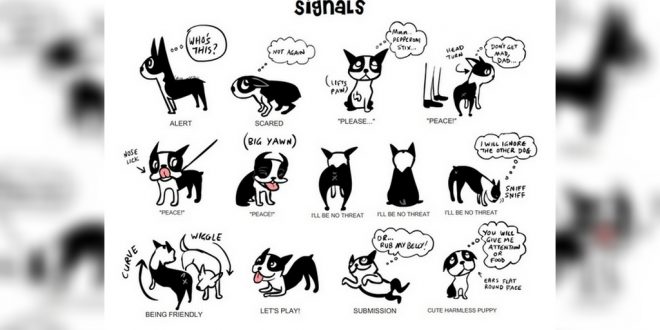
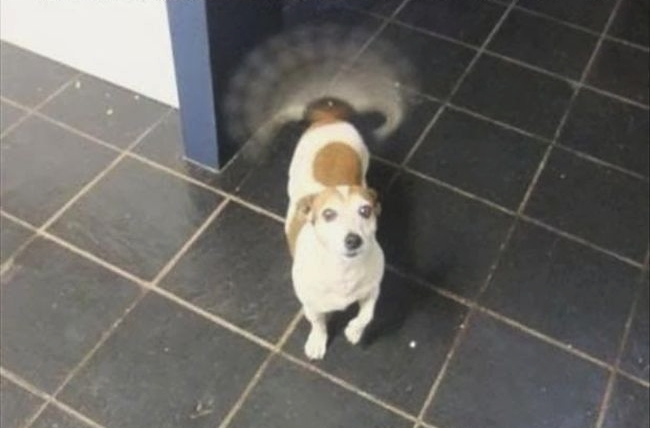
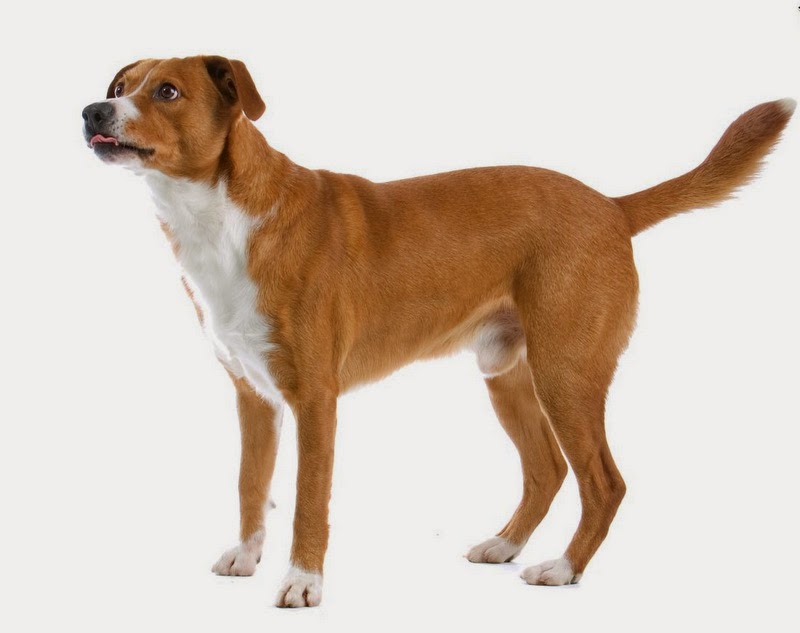

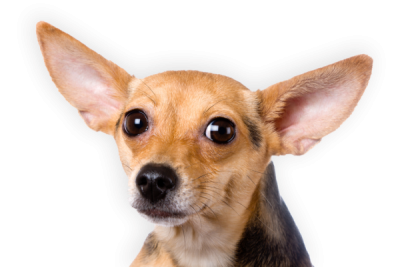
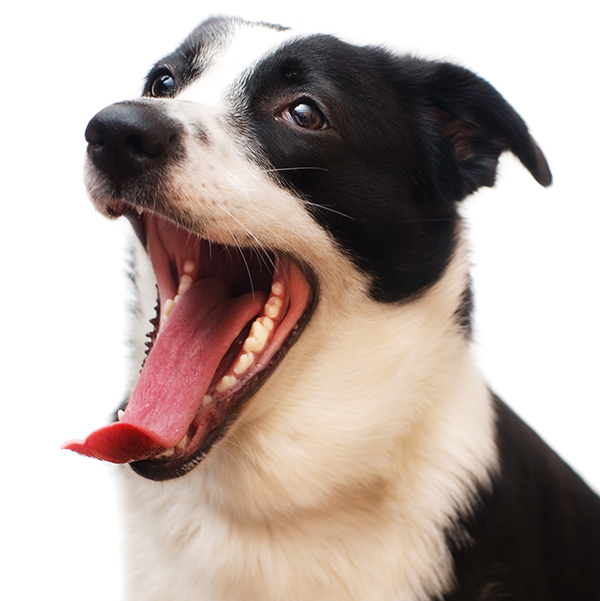

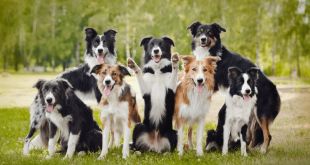

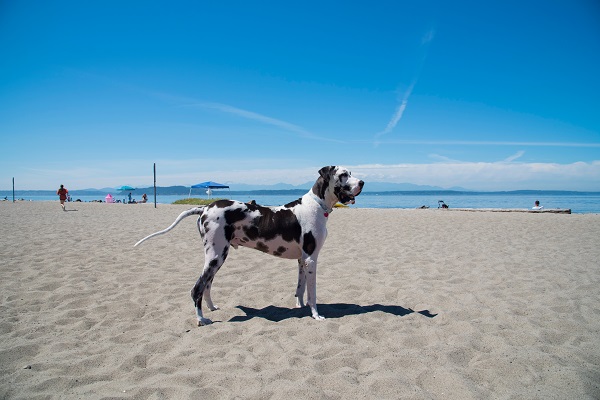












 in Chandigarh, India.
in Chandigarh, India. 
